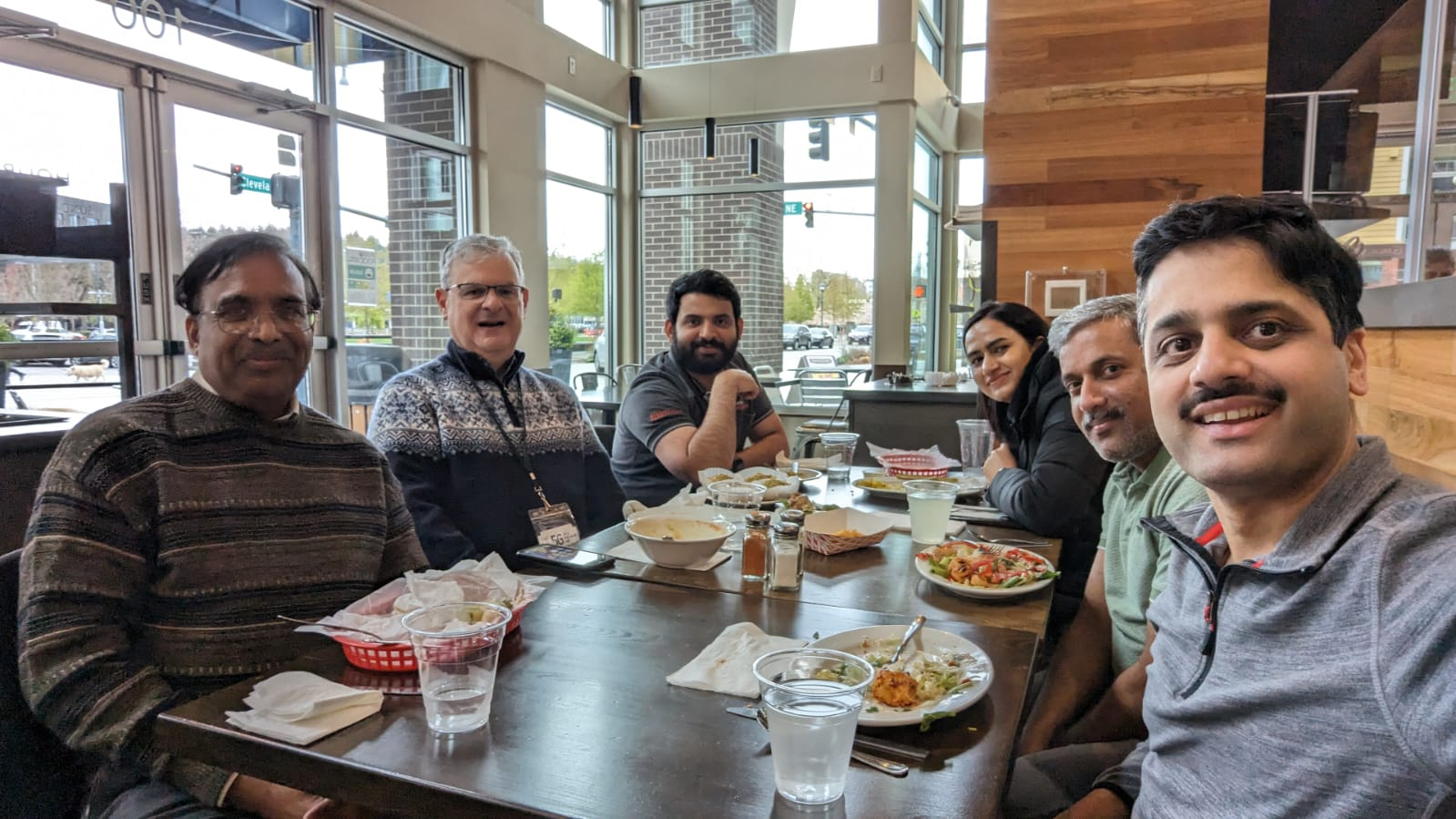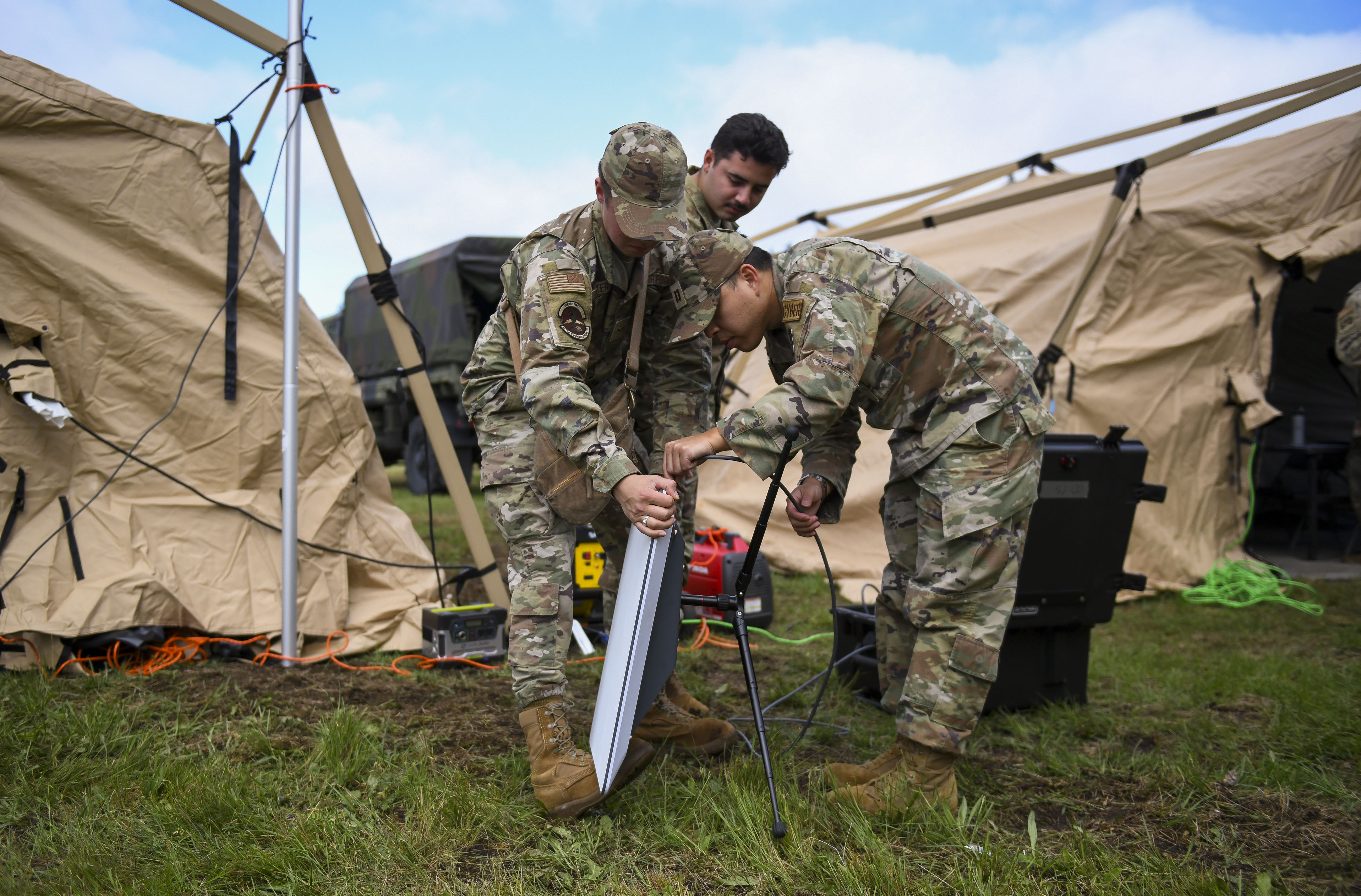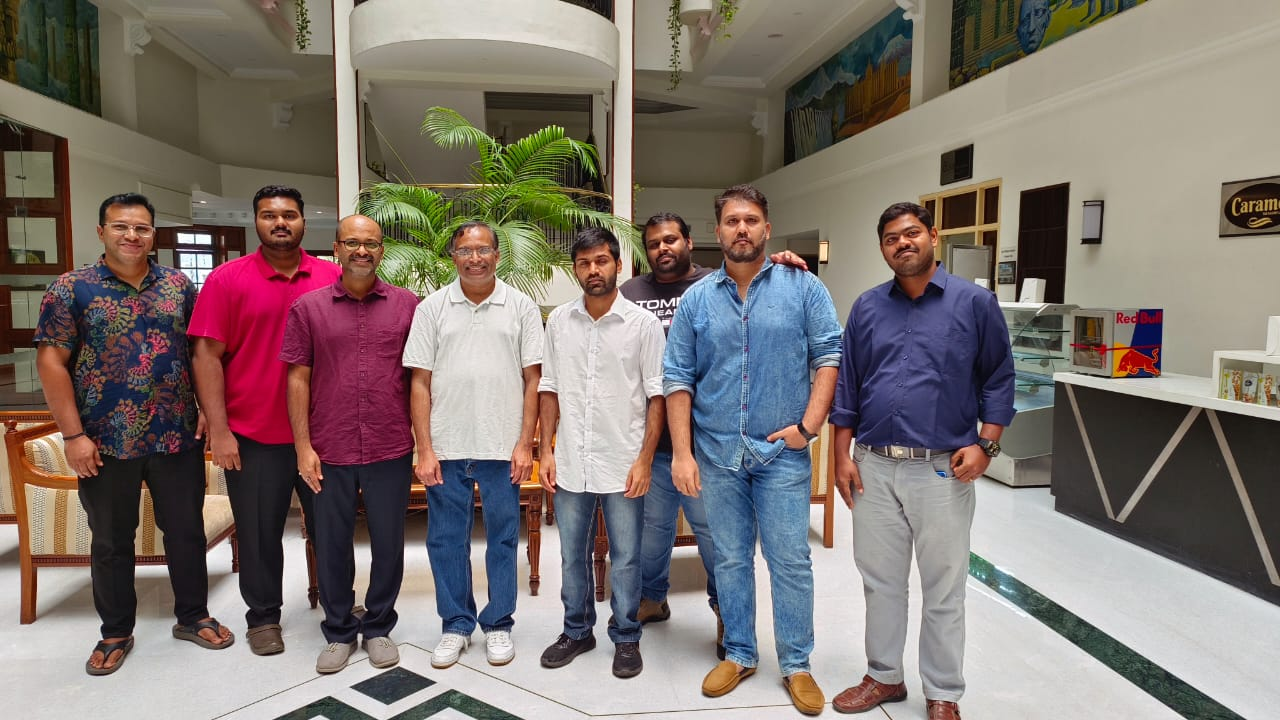Ecrio Ensures Safety and Operational Efficiency by Enabling Critical Communications in 5G/LTE Private Network Environments
Ecrio Ensures Safety and Operational Efficiency by Enabling Critical Communications in 5G/LTE Private Network Environments

From manufacturing and logistics to emergency services, energy and defense, critical communications are a vital component for operational efficiency and safety. Critical communications infrastructure typically includes human-to-human (H2H) devices such as mobile, and push-to-talk radio telecommunication systems, as well as human-to-machine (H2M) interactions including data analysis and guided, feedback-based actions. Because of the mission-critical role these technologies play, they must provide consistently reliable and secure communication.
Today’s private 5G networks, which offer low latency and robust security, are enabling critical communications for enterprises of all sizes. These deployments typically include radios, cameras, and sensors managed by device clients and edge communication server software.
“Efficiently and cost-effectively scaling down the public 5G H2H communication platforms for private 5G networks has been a struggle for the industry. These platforms were initially designed to support hundreds of millions of users across wide geographies, not thousands or hundreds in specific areas,” explains Michel Gannage, Founder and CEO of Ecrio, a global leader in communication software for 5G/LTE Private Networks.
A single platform for H2M and H2H:

Michel explains that seamless integration of H2M interactions on the same communication platform used for H2H interactions is a highly sought-after capability in many verticals, but until now has been hard to achieve.
“We are seeing an emergence of use cases around private 5G where the use of voice-related technology can increase the operational efficiencies in manufacturing, retail, oil & gas, and mining,” he says. “As you look at the digital transformation and evolution of industry 4.x, we’ll see many data-related applications and use cases augmented by interactive applications. Voice is the cornerstone of interaction.”
Ecrio, founded in 1998 to enable advanced applications such as Push-to-Talk, VoIP and VideoShare on emerging 3G networks, has evolved its business and its solutions to maintain pace with network advancements. With private 5G network adoption taking off in many sectors around the globe, Ecrio is once again in the right place at the right time to enable seamless operation of mission-critical communications.
Ecrio’s iota-e edge communication software for private 5G networks provides a single critical communication platform seamlessly supporting H2H and H2M interaction.
“There are two primary types of H2H interactions,” Michel explains. “There is Voice/Video calling and Mission Critical Push to Talk, often called MCX. Voice/Video calling can be done natively using the dialer, which requires tight integration between the communications platform and the network core. This allows users to make phone calls directly from their iOS or Android native dialers. Voice/Video calling can also be performed via a downloadable app that allows voice and video calls, and push-to-talk functions. Ecrio’s Communication Pack, a suite of standard-compliant edge communication server software, seamlessly supports both native dialling and app-based H2H communications.”
H2M interactions leverage foundational voice and collaboration AI features (Computer vision, Natural language processing, Gen AI) of the platform that are becoming essential for the success of any private 5G network. It includes command and control of devices such as cameras, drones, and sensors in private 5G networks. This can be performed via messaging or voice, with push-to-talk being an ideal platform for command and control of IIOT devices.
For example, when cameras or sensors send a text alert about a safety violation, this alert is converted into a voice message for immediate action by a technician who can respond with voice. With voice, computer vision, NLP and Gen AI, you could change the world around a technician on a manufacturing line trying to keep the production line up and running. Ecrio’s DTE (Digital Twin Engine) Pack, is a suite of edge server software supporting messaging and push-to-talk-based H2M interactions.
A multitude of use cases across industries and sectors:
Michel illustrates how Ecrio’s software works using a couple of relevant use cases drawn from the logistics world.
First, he describes a warehouse facility equipped with private 5G connectivity and critical communications software enabled by Ecrio. As trucks enter the warehouse, Ecrio’s driver app connects to the private 5G network via a radio, guiding users to assigned loading docks. In addition, cameras installed on the wall and ceiling might read license plates, transmitting crucial information, such as shipment contents and destination, to warehouse workers.
As a second example, he paints the picture of a busy seaport. In this instance, when a ship approaches the dock, the captain launches Ecrio’s ePort Connect app, which connects to 5G radios in the port and retrieves geofence parameters to assist with safe and secure docking procedures. The Ecrio app then displays key port contacts and synchronizes with various systems, including container tracking devices and automated cranes.

Ecrio’s app continuously updates the captain with real-time data, monitoring loading and unloading camera feeds and a network of sophisticated sensors. If safety guidelines are not followed or if there are serious delays, the captain can use the app to communicate with port worker supervisors.
There are countless other use cases across many sectors from monitoring flow, temperature and pressure on sea and land-based oil drilling platforms, to enabling secure military communications on the battlefield, to smart farming operations using automated machinery and sensors for real-time monitoring of crop and soil conditions.
“Private 5G networks are transformative for these deployments, which may be intermittently or permanently disconnected from public 5G,” says Michel. “But in every scenario, reliable and efficient operation and a seamless, continuous ability to communicate is essential.”
Ecrio joined the 5G Open Innovation Lab as part of the Lab’s 9th cohort announced in the Spring of 2024. The company shares strategic relationships with others in the 5G OIL ecosystem including Intel, MosoLabs and SEMPRE.ai
“The robust 5G OIL ecosystem brings to us all the right players in the edge computing and 5G world. It offers us an incredible opportunity to accelerate our mission,” says Michel.





